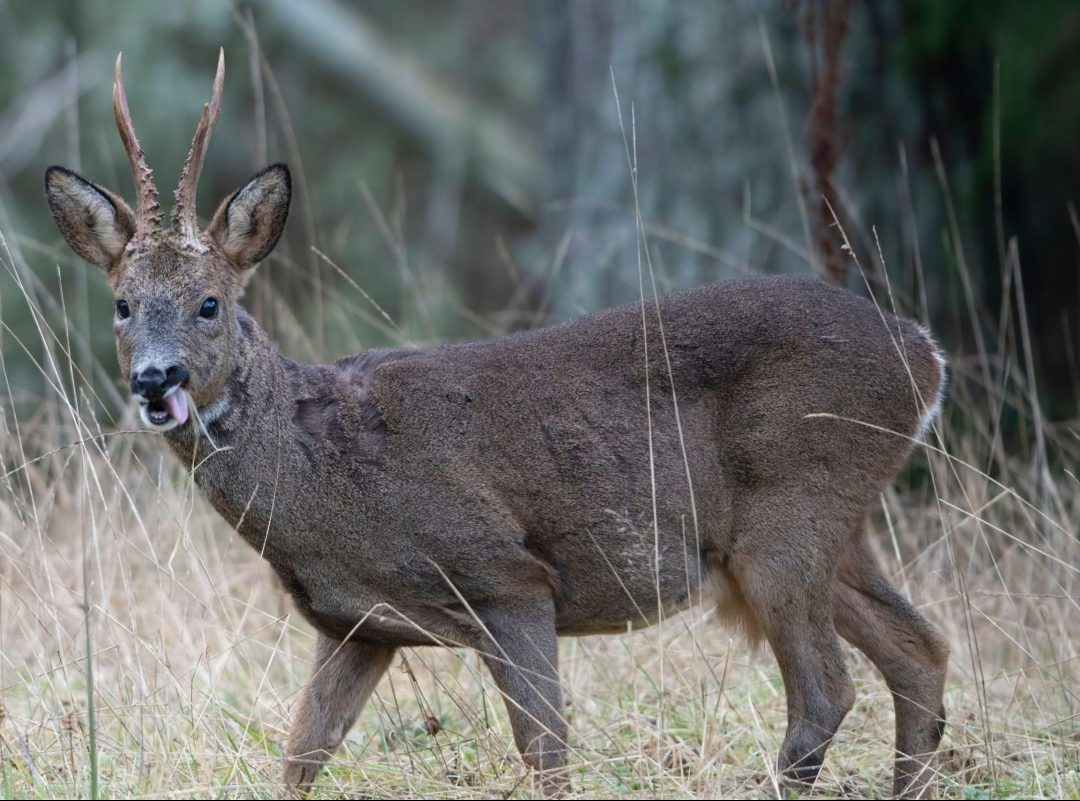Why studying your local roe deer population is essential to good stalking
It’s always amusing to be called a ‘deer whisperer’, but any successes are down to experience and many hours studying the local deer population

Roe tend to be creatures of habit but part of their charm is that they can always surprise you
April is always a busy month for stalkers. This year, it is even more so as we return to post-pandemic normality. It has been particularly nice to welcome regular stalking guests whom we have not seen at Garryloop for more than two years, due to the various restrictions. Demand for accompanied stalking has been relentless and it has been great to be able to plan and take bookings with a degree of certainty that guests will be able to travel to us.
Overall, the deer are in superb condition and we’re seeing high retention rates in the hills and woodland around Ayrshire. There are some cracking bucks showing, too, which indicates that all is well and that local beasts have been managed effectively through the winter.
While the bulk of my cull will come from the youngsters, we will also shoot a handful of mature animals. Much of the work in planning and identifying these beasts is done during the winter into early spring, when I spent most mornings in the forest, simply watching and assessing the deer.
By putting in those cold early hours, I build a fairly accurate picture of the deer on the ground and work out where they are likely to be. I take particular note ofwhere the bucks are usually to be found so, depending on the client, I can formulate a plan that will give us the best chance of success. I also like to reassess the area a few days before stalking, to confirm the deer are still in situ.
More on deer stalking
- Roebuck stalking using non-toxic ammo
- How the British stalking community is changing
- Stalking kit chosen by Chris Dalton for Shooting Times
Live updates
One of the joys of hosting stalking guests is the sense of community that comes with it. I really enjoy the post-stalk conversations with visitors, particularly if everything has gone smoothly and we have a buck hanging in the larder. I always brief my clients, usually as we drive to the ground, explaining the plan of action and what we are hoping to see. I continue to pass on this information as we stalk — giving live updates as it were.
When it all works, clients will wax lyrical about my knowledge of local deer and seeming ability to know where they’ll be at any given time. I certainly have no mythical qualities when it comes to tracking deer, simply experience and many hours of studying the local population. Should we return with the proverbial ‘bacon’, I prefer to say that it is merely that the hunting gods were smiling down on us.
Our successes in the field are rarely down to good fortune, though. They require hard work, from both stalker and guide, and a willingness to put in the groundwork. I like to follow my mantra — the six Ps from my military career: prior preparation prevents piss-poor performance.
We have enjoyed a great start to the roebuck season and I have successfully guided all my early clients into bucks. Every outing has gone according to plan — in most cases even exceeding expectations. Naturally, I have been on a high. Yesterday morning, I was feeling particularly smug, having been described as the deer whisperer by one of my clients.
As we returned home with a couple of bucks in the truck, we were chatting and I was feeling on top of the world. That was until we turned a corner and drove along a wooded glade with an adjacent field full of ewes and newborn lambs. I explained to my passenger that this was ideal roe territory and, were it not for the sheep grazing nearby, we would likely see deer browsing here at this early hour. But because roe don’t mix well with sheep, we wouldn’t be seeing any activity on this particular morning.
No sooner had I finished my sentence than we passed six roe deer happily feeding among the flock. Perhaps it’s better that I keep quiet after all?








